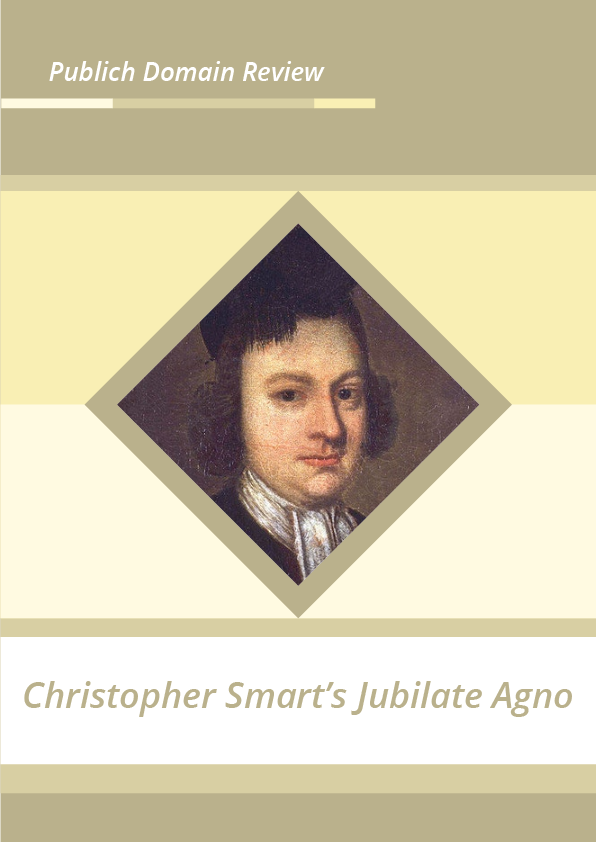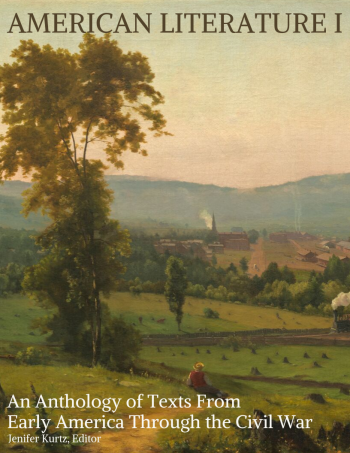Jonathan Lamb explores the genre of ‘it-narratives’ – stories told from the point of view of an object, often as it travels in circulation through human hands.
Some of the best recent books about things, such as John Plotz’s Portable Property (2008) and Elaine Freedgood’s Ideas in Things (2006), deal with artefacts, commodities and curiosities that find their value and significance by means of circulation, moving from place to place and hand to hand. These journeys of things were the theme of the essays edited by Arjun Appadurai in his landmark collection, The Social Lives of Things (1986). The title glanced at Marx’s theory of commodity fetishism, sharing the assumption made in Capital I that things get a life by moving about and meeting other things; and that if these things have an ambition, it is to act like human beings: that is socially. The sociability of things seems to be co-extensive with the market that generated the system of exchange value; for just as the merchant’s interest is focused on the most desirable commodities — those that move the fastest and never lie upon his hands — so the commodities themselves desire nothing better than to be in perpetual motion, meeting their own kind and mutually proclaiming their importance. Even among thing-theorists operating with a very different model, the principle of sociability looms large. Bruno Latour believes that things “circulate in our hands and define our social bond by their very circulation.”
The rapid transit of things in trade and commerce provided the impulse behind a genre of fiction that became popular in the eighteenth and early nineteenth centuries, with titles such as The Adventures of a Watch and The History of a Lady’s Slipper. They were called ‘it-narratives’ or ‘novels of circulation’ and they recorded (usually in the first person singular) the experience of things as they pass through the hands of a series of owners. The things that lent themselves most readily to this new format were those that were most mobile – money and vehicles. Two of the most popular it-narratives in the latter half of the eighteenth-century were Chrysal; or Adventures of a Guinea (1760) and the anonymously authored Adventures of a Hackney Coach (1783).
It struck me after reading some of these stories that if one were to look for the ancestors and descendants of this new genre, they would not yield such a congenial meeting of the interests of humans and things. In the animal fables and oriental tales to which it-narratives are clearly indebted, pain, degradation and extinction await those in thrall to despotic power; and despotic power, as Sir William Blackstone pointed out, was what all property-owners long to exert over their possessions. To this contradiction is owing the many scenes of cruelty depicted in it-narratives, inflicted on animate and inanimate things alike. In the slave narratives that followed it-narratives, many of the humiliations befalling things in the hands of humans (see, for example, The Life and Perambulations of a Mouse (1784)) are endured again by humans who have been transformed into property. These are not worlds where goods and owners see their sociability reflected in each other’s freedom of movement. They are more like the scenes of Ovid’s Metamorphoses, where the power of the gods painfully transforms humans into what is not human. Apuleius’s The Golden Ass is an extraordinary display of the politics of divine oppression in which Venus enslaves Psyche, her clandestine daughter-in-law, and Psyche resists with the help of things — insects, water, reeds and stone.











